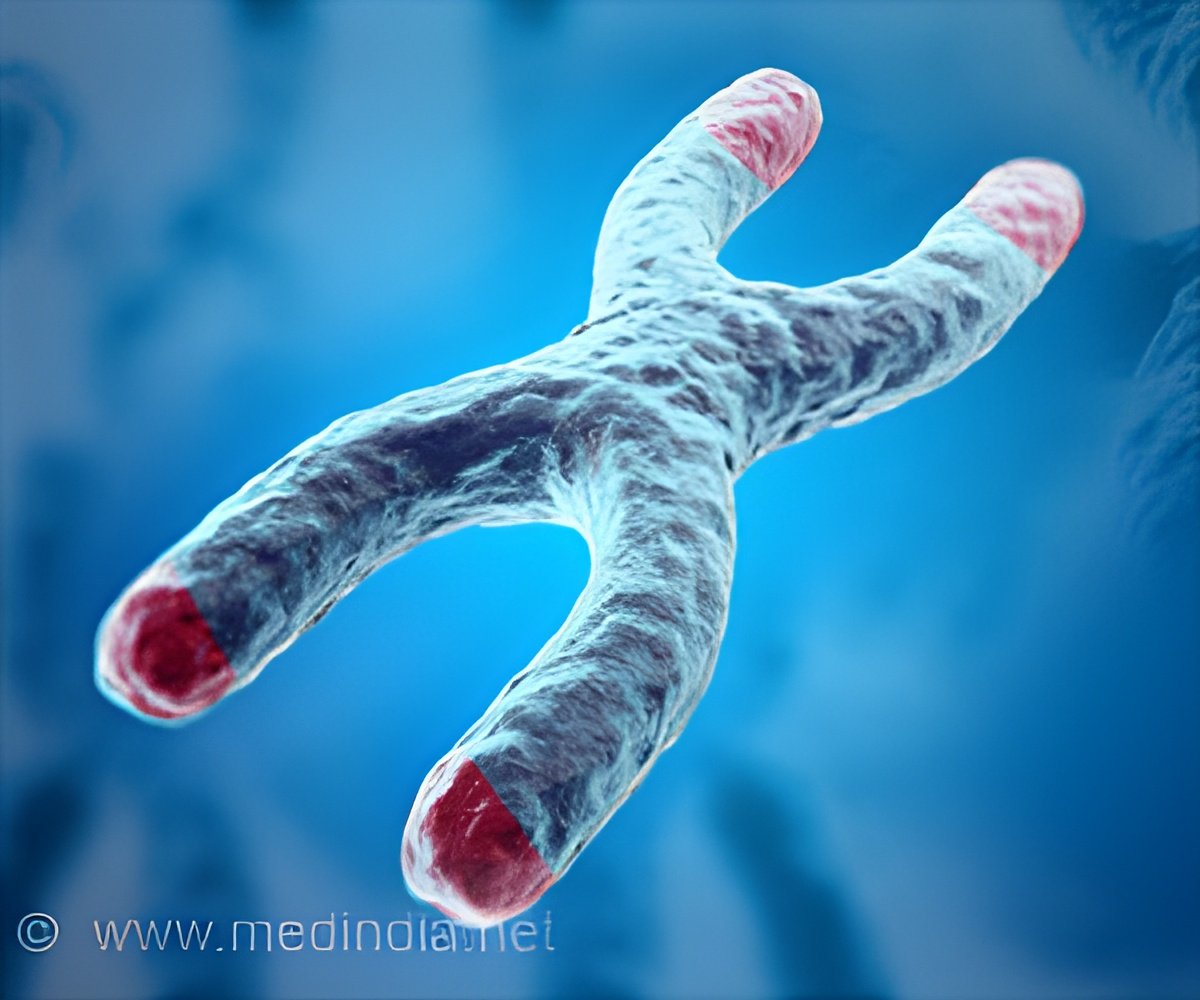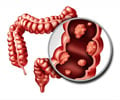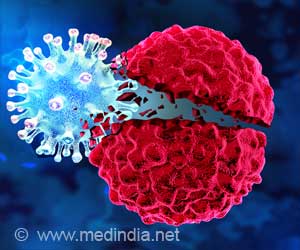Nucleic circ2082 was found to disrupt the microRNA assembly line in glioblastoma cancer cells, making it a potential upstream target for cancer treatment.

‘Targeting the upstream tumor proliferators has the potential to dramatically change the cancer treatment landscape.’





Certain groups of genes are supposed to help cells along the path to maturity, leaving their youthful "stemness" behind. This requires sweeping changes in the microRNAome -- the world of small non-coding material, known as microRNAs, that control where and when genes are turned on and off. Many microRNAs are tumor-suppressive; in cancer, the microRNAome is distorted and disrupted. Recent work by researchers at Brigham and Women's Hospital pinpoints critical changes in an enzyme known as DICER, which create a cascade of effects on this microRNAome.
The team identified primary actors circ2082, a circular RNA, and RBM3, an RNA-binding protein, which form a complex with DICER to trap it in the nucleus of glioblastoma cells, therefore disrupting the cytoplasmic microRNAome. Findings are published in Science Advances.
"We are always trying to find the magic bullet to fight cancer. The problem with the magic bullet is that it's only going to hit a few tumor cells, since the other tumor cells don't have that target. We are looking for the common vulnerability -- what is the common thing that we can target?" said Antonio Chiocca, MD, PhD, chair of the Brigham's Department of Neurosurgery. "With this discovery, we can target something way upstream: a very common target at the epigenetic level."
Prior research showed the number of microRNAs expressed in cancer cells to be low when compared to non-cancerous cells. In addressing this observation, primary researchers Jakub Godlewski, PhD, and Agnieszka Bronisz, PhD, both formerly at the Brigham and now based at the Mossakowski Medical Research Centre of Polish Academy of Sciences, Warsaw, Poland, led a team that determined the absence of DICER enzyme is likely the cause of this cytoplasmic microRNA depletion. The team discovered DICER was being trapped in the nucleus by repressive interactions with RBM3 and circ2082.
Advertisement
The downstream effect of this circ2082 expression also heavily influenced morbidity in human patients whose tissues were retrospectively analyzed. Patients with circ2082-dependent signature less widely expressed had overall longer lifespans after cancer diagnosis.
Advertisement















